
Why Aren’t More Women Working? They’re Caring for Parents
The United States ranked 17th among Organization for Economic Cooperation and Development (OECD) countries for the participation of prime-age women in the work force, according to a recent article in The New York Times . By 2017, that ranking dropped to 30th.
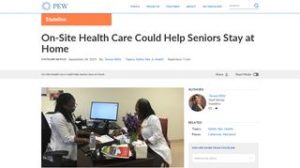
On-site health care could help seniors stay at home
Housing plus services models were front and center recently when Stateline published an article focusing on Weinberg Villages in Owings Mills, MD. The LeadingAge LTSS Center @UMass Boston is part of the HUD project’s Implementation Team.
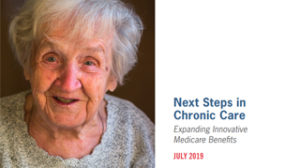
STUDY: Could Home-delivered Meals Save Money for Medicare?
BPC asked Ananya Health Innovations to analyze the potential impact of a Medicare meal benefit. The health care consultant reviewed 2016 billing data and focused on individuals aged 70 or older who were living with 2 or more chronic conditions and experienced limitations in activities of daily living.
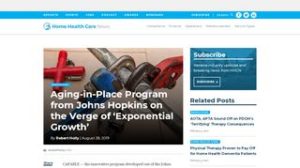
Aging-in-Place Program from Johns Hopkins on the Verge of ‘Exponential Growth’
An August 28 article in Home Health Care News shines a spotlight on CAPABLE, the evidence-based program that combines nursing care, occupational therapy, and handyman services to help older adults age in community. CAPABLE stands for “Community Aging in Place — Advancing Better Living for Elders.”
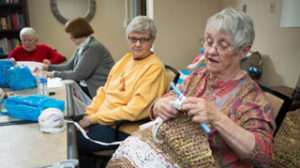
How Providing Social Supports And Care Coordination May Lower Medical Costs For Seniors Living At Home
Howard Gleckman, senior fellow at The Urban Institute, gave the Support and Services at Home (SASH) program a qualified endorsement in his Aug. 7 column for Forbes. Gleckman described a study conducted by RTI International and the LeadingAge LTSS Center @UMass Boston (formerly the LeadingAge Center for Applied Research).
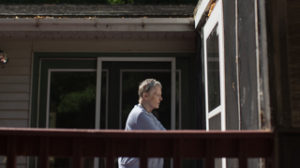
Bringing Together Young And Old To Ease The Isolation Of Rural Life
About 7% of the rural population in the U.S.—or 2.5 million people—say they have no friends or family nearby on whom they can rely, according to a recent poll by NPR, Harvard, and the Robert Wood Johnson Foundation. An additional 39%—about 14 million people—say they have only a few people who fit this description.
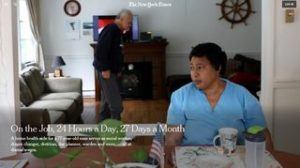
On the Job, 24 Hours a Day, 27 Days a Month
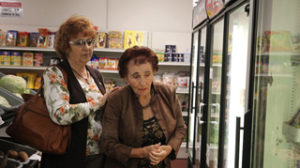
As costs mount, states scramble for new ways to pay for late-in-life care
“A lot of states have concluded that the cost of doing nothing now exceeds the cost of doing something,” LTSS Center Co-Director Marc Cohen told Boston Globe staff writer Robert Weisman for an Aug. 28 article about state efforts to finance long-term services and supports (LTSS).
